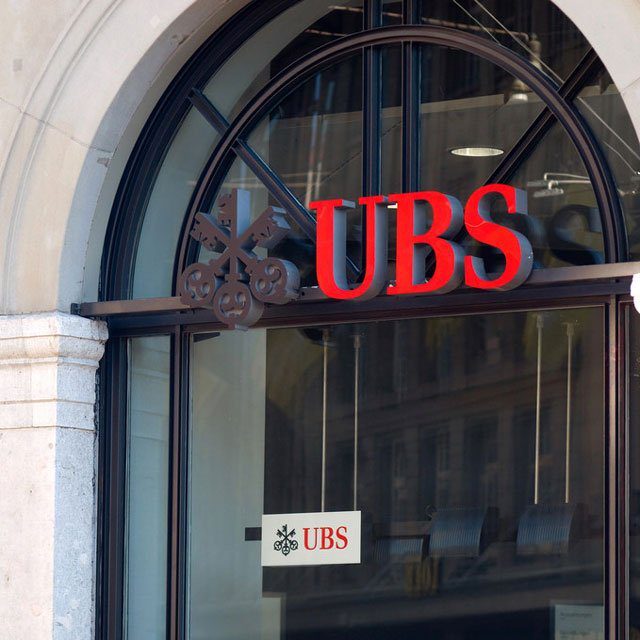Death of UBS-Wealthfront Deal Isn't All About the Money

Steven van Rijswijk, his successor as CEO, swiftly refocused ING on profitability, pulling out of markets like the Czech Republic, abandoning a costly and ambitious IT project and shutting down a payments company it had acquired in 2018.
Kelleher came from a long career at Morgan Stanley, which is UBS’s closest peer on Wall Street in strategy and business mix. Its U.S. wealth and asset management units have grown significantly over the past decade through acquisitions like Smith Barney in 2012 and, more recently, E*Trade and Eaton Vance. These added immediate scale to Morgan Stanley’s assets and took the share of profits from those units to nearly 50% from one quarter previously.
Kelleher wasn’t responsible for these deals, but he helped set corporate strategy and was a close confidant of CEO James Gorman. It wouldn’t be unusual for Kelleher to put his mark on UBS’s strategy: In Switzerland, the chairman is legally responsible for company strategy and the CEO for implementing it.
UBS didn’t need to abandon Wealthfront to save money. Sure, having an extra $1.4 billion in capital will be helpful with markets and economies looking volatile, but UBS has enough funds to be comfortably buying back $5 billion worth of shares this year even before canning this deal.
Putting the Wealthfront cash straight into a bigger buyback plan would be better for shareholder returns in the near term, according to Flora Bocahut, analyst at Jefferies Financial Group Inc.
Investors, however, greeted the scrapping of the takeover with a shrug, suggesting they were unconvinced. UBS’s share price slipped 1%, almost exactly in line with the Stoxx 600 index of European banking stocks. What will be much more interesting for investors is how the strategy and leadership of UBS develops from here.
— For more Bloomberg Opinion articles, visit http://www.bloomberg.com/opinion.
Paul J. Davies is a Bloomberg Opinion columnist covering banking and finance. He previously worked for the Wall Street Journal and the Financial Times.




